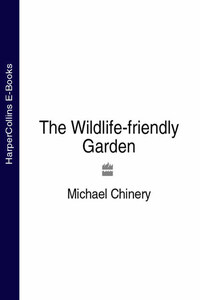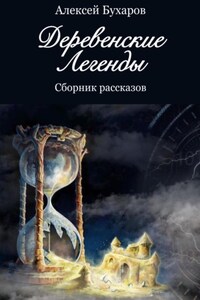Garden Wildlife

Full of helpful expert advice and numerous practical projects, this is a fascinating mini guide to identifying and encouraging wildlife into your garden, whether you live in the town or the country.Our gardens have become an important nature conservation area for animals, insects and plants, especially as many natural habitats are being destroyed. With the help of this practical, pocket-sized book, you can create not only a fascinating miniature nature reserve but also an attractive garden.Contents include:• The Garden Habitat• Mammals• Birds• Amphibians and Reptiles• Insects and InvertebratesProjects and special features include:– Creating a wildflower meadow or wildlife pond– Looking after injured, baby and hibernating hedgehogs– Making a bat roost or bat box, and siting it– Planting a butterfly garden– Making a compost heap










